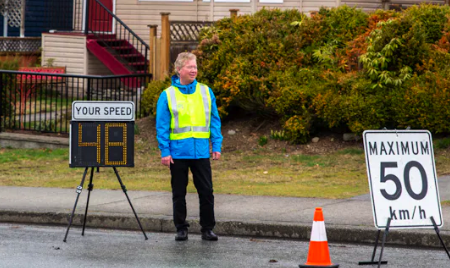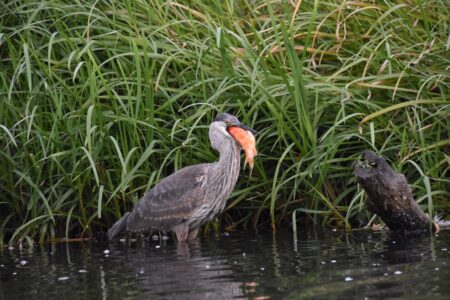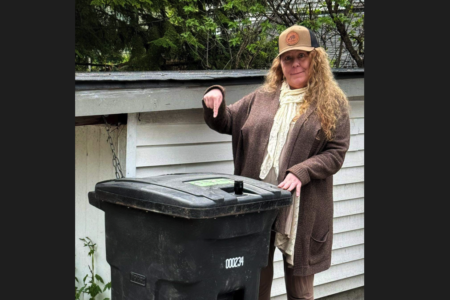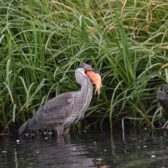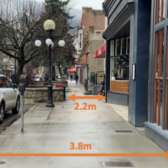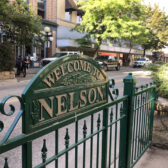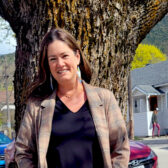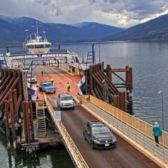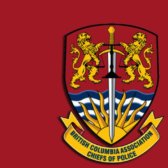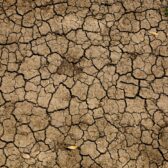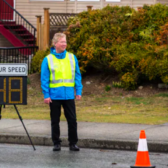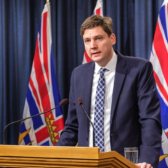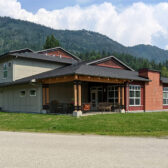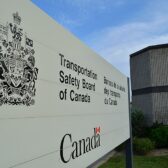River Talk: Columbia River Treaty talks begin to take shape
Eileen Delehanty Pearkes has been researching and writing about the history and politics of water in the upper Columbia Basin since 2005.
Her book on the Columbia River Treaty, A River Captured, which can be purchased on Amazon was released in 2016. Recently, her travelling exhibit on the Columbia River Treaty, curated for Touchstones Nelson, won a national award from the Canadian Museum Association.
Pearkes has agreed to assist The Nelson Daily readers to understand the importance of the Columbia River Treaty to the region with another edition of River Talk.
Summer has arrived, with visitors coming from near and far to enjoy the best the upper Columbia River basin has to offer: camping, boating, fishing, arts & culture – this place really shines at this time of year.
Some unique tourists are arriving at the end of July, in part to discuss the abundant water stored by British Columbia under the Columbia River Treaty (CRT). For several years, politicians, academics and policy makers have been positioning themselves from various perspectives to have an influence on the treaty negotiations that are now underway. On July 22, the Pacific Northwest Economic Region foundation kicked off its annual summit in Spokane, Washington, with a focus on the treaty. Learn more here.
Both of the lead treaty negotiators will be there to give brief, carefully scripted updates: Jill Smail, Columbia River Treaty Negotiator, Office of Canadian Affairs, US State Department, and Sylvain Fabi, Executive Director, U.S. Transboundary Affairs, Global Affairs Canada. After that, a roundtable listening session and discussions about “livelihood” and the CRT will fill the day. Here is the agenda.
The following day, participants will tour Grand Coulee Dam. On July 25-26 they will participate in a two-day study tour of the Arrow Lakes Reservoir.
Formed in 1991, the PNWER is a public/private non-profit with a mission to “increase the economic well-being and quality of life for all citizens while maintaining and enhancing our natural environment” in its self-defined region: from Alaska to Idaho, Saskatchewan to Oregon. From what I can tell by surveying the website and the players involved, this is an organization that focuses on how the natural environment can serve the economic interests of businesses engaged in industrial use of resources. These players are invested in a model of Columbia River operations that has, for over 50 years, depended on Canadian storage reservoirs.
I welcome and salute the input and influence of this organization’s stated mission, and would humbly suggest that we have a long way to go to make enough changes to the 1964 Columbia River Treaty that it might begin to enhance “our natural environment.” With 15 dams on the main stem of the international river, imperiled salmon runs; fish blocked from 40% of their viable spawning habitat (much of it in Canada); shoreline ecosystems, wetlands and fisheries in Canada’s storage reservoirs largely destroyed, etc., the CRT has long been involved directly in harmful impacts to the river’s “natural environment.”
It is good that the PNWER’s visit to the Arrow Reservoir in July will involve direct meetings with a few people who really understand and have lived the ecological losses of the Canadian portion of the basin.
Participants will speak to Wally Penner, whose family had to sell a farm in Renata north of Castlegar when the community was flooded and who has been instrumental in creating a more thoughtful approach to hydro-power operations through the Columbia Power Corporation; Janet Spicer, whose father’s rich and productive vegetable farm was also covered by the reservoir, though she continues bravely to farm on a much-reduced parcel of land; and Nakusp Mayor Karen Hammling, who lives daily with the shifting shoreline of her community. All are passionate advocates for keeping alive the memory of the valley before it was flooded, and for redressing some of the ecological and economic losses born by this corner of B.C.
Too bad the fish can’t have a voice, too.
The desire of upper Columbia residents to redress losses faces a powerful set of interests south of the border. A recent New York Times article referenced to the powerful agricultural industry in the mid-basin, one that benefits from the reliable Columbia River flows fed by Canadian storage. Agricultureis a $10.6 billion industry there, and the state leads the nation in producing crops like apples, hops and blueberries.
Irony of ironies. A fertile agricultural valley in Canada lost in 1964 to agricultural interests elsewhere. If you’d like to weigh in on how you feel about the upcoming negotiations, contact MPs Wayne Stetski and Richard Cannings, or MLA and Minister Katrine Conroy. All three will be part of a legislative panel at the PNWER. Let your voices be heard.
This debate about our water is once-in-a-lifetime.




